Last week, PHOOD went through the six essential ingredients to successfully master food photography. And since lighting is one of the core ingredients, today we want to break some limiting beliefs regarding light for food photography. Lighting is the number one frustration food photographers struggle with. Whether you’re a seasoned photographer or just starting on this journey, learning to control and manipulate light will set you up for success. But before you can do that, let’s break some limiting beliefs regarding lighting.
Food Photography Lighting Myth No. 1: A North facing window gives the best light
Not true! Whilst a north facing light will give you a constant stream of indirect light, this doesn’t necessarily mean this is THE best light for food photography. Soft diffused light is a popular way to light food photos but its by no means the only way to light your food. Try exploring hard light and manipulating hard light into soft light is an easy task. On the other hand, you can’t CREATE hard light from soft light.
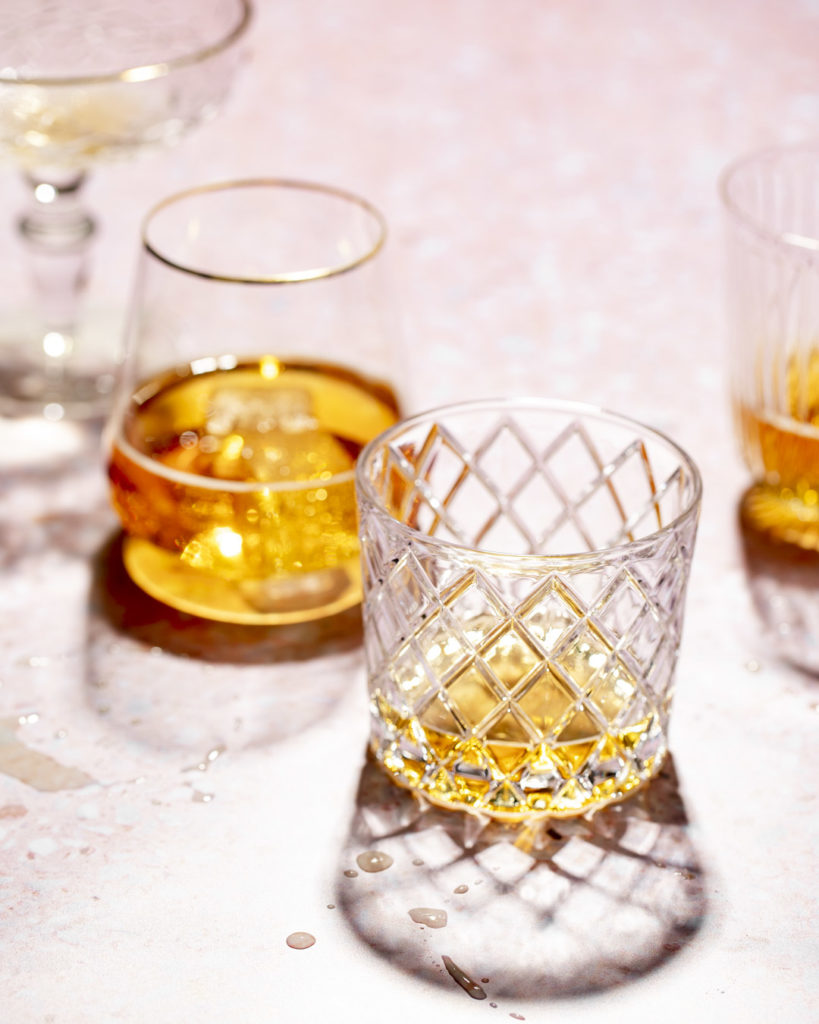
Food Photography Lighting Myth No.2 Hard light is harsh and not good for food photography
What separates a good food photographer from a great food photographer is their ability to be versatile. Ever looked through a professional food photographer’s portfolio? You’ll notice a good mix of light airy photos, dark moody images, hard light, editorial work, restaurant photography as well as commercial photography. In order to be successful, you need to be versatile and not a one trick pony. As trends change, you must adapt and better still, create your own trends and stand out. And hard light is currently trending so get on the bandwagon.
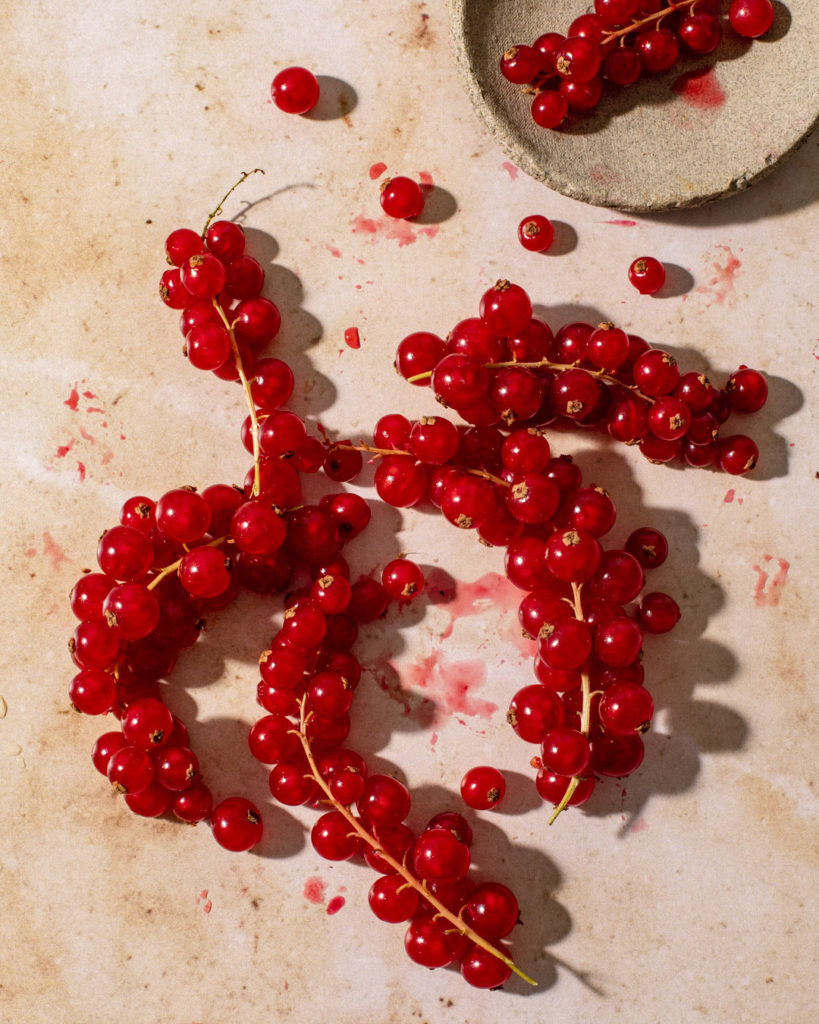
Myth No. 4: Natural light is inconsistent and can’t be relied upon
Natural light is free, readily available and and can create magical images. Whilst natural light can change quickly and is weather dependent, you need to adapt and think quickly to maintain consistency. It also means you can create something different and unusual constantly. And the best thing about natural light- only YOU have access to your special window, your special light. No one else!
I always say to my students that artificial light is in fact much easier to control but one must learn how to control, manipulate and shoot with natural light before moving to artificial light. If you master natural light first, artificial light is a apiece of cake.
Myth No. 5: I can only shoot at certain times of the day
Unless you’re a portrait photographer shooting at golden hour, you should NOT be limited to certain times of the day to shoot. You can’t tell your restaurant client you can only shoot at certain times of the day. Or even certain parts of the restaurant if the light is only ‘good’ or ‘soft’ in one area. Our job as photographers mean we should be able to manipulate any light to create the images our clients demand at any time of day. It is our job to turn imperfect light into something worthwhile.
Myth No. 6: My window is too small for me to create good food photos
Let me tell you a secret here. A smaller window will give you more shadows. A mesmerizing food photo is when highlights and shadows interact together. You eyes are attracted to the highlights first but it’s the shadows that add depth and dimension to your images. In fact, a small window will give you more versatility and ease in manipulating light then a larger window and more light.
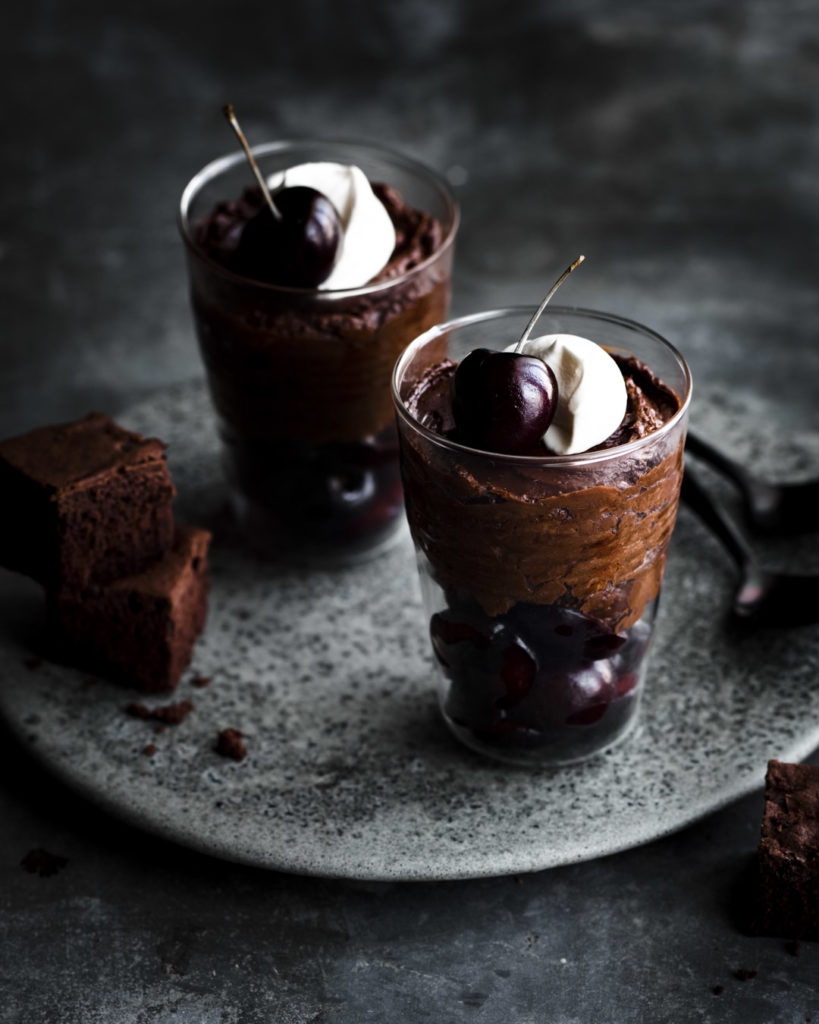
I hope busting some of these lighting myths will change your mindset and limiting beliefs when it comes to lighting for food photography. Learn to photograph in different locations and at different times of the day. Whether you’ve been at this for years or are just starting out, it’s your ability to adapt to new and different lighting situations that will fuel your growth as a food photographer. This is the reason why we have dedicated a whole module to the essentials of lighting in our upcoming course on mastering food photography! Make sure you’re on our waitlist because we will only open the doors for a very limited time.
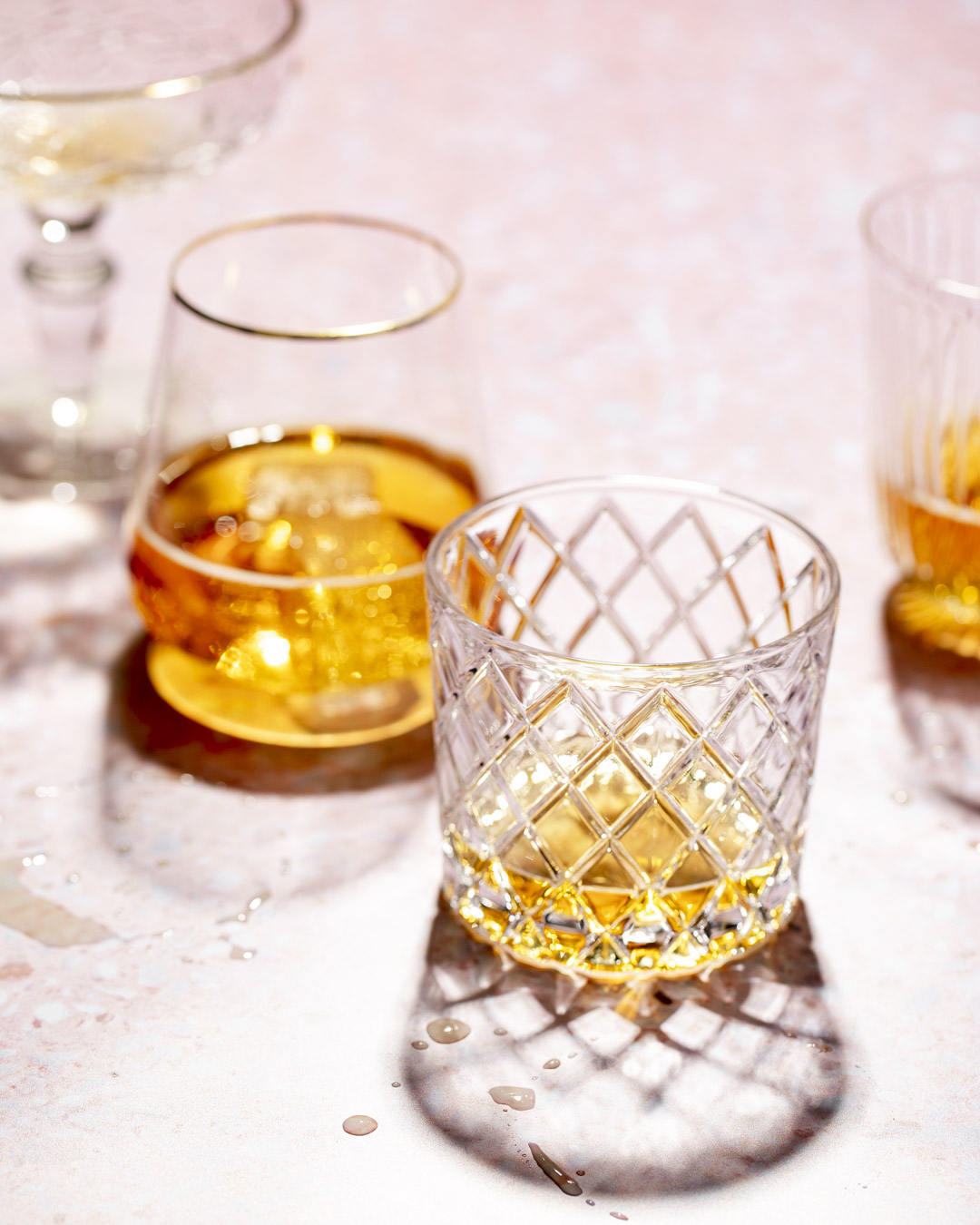

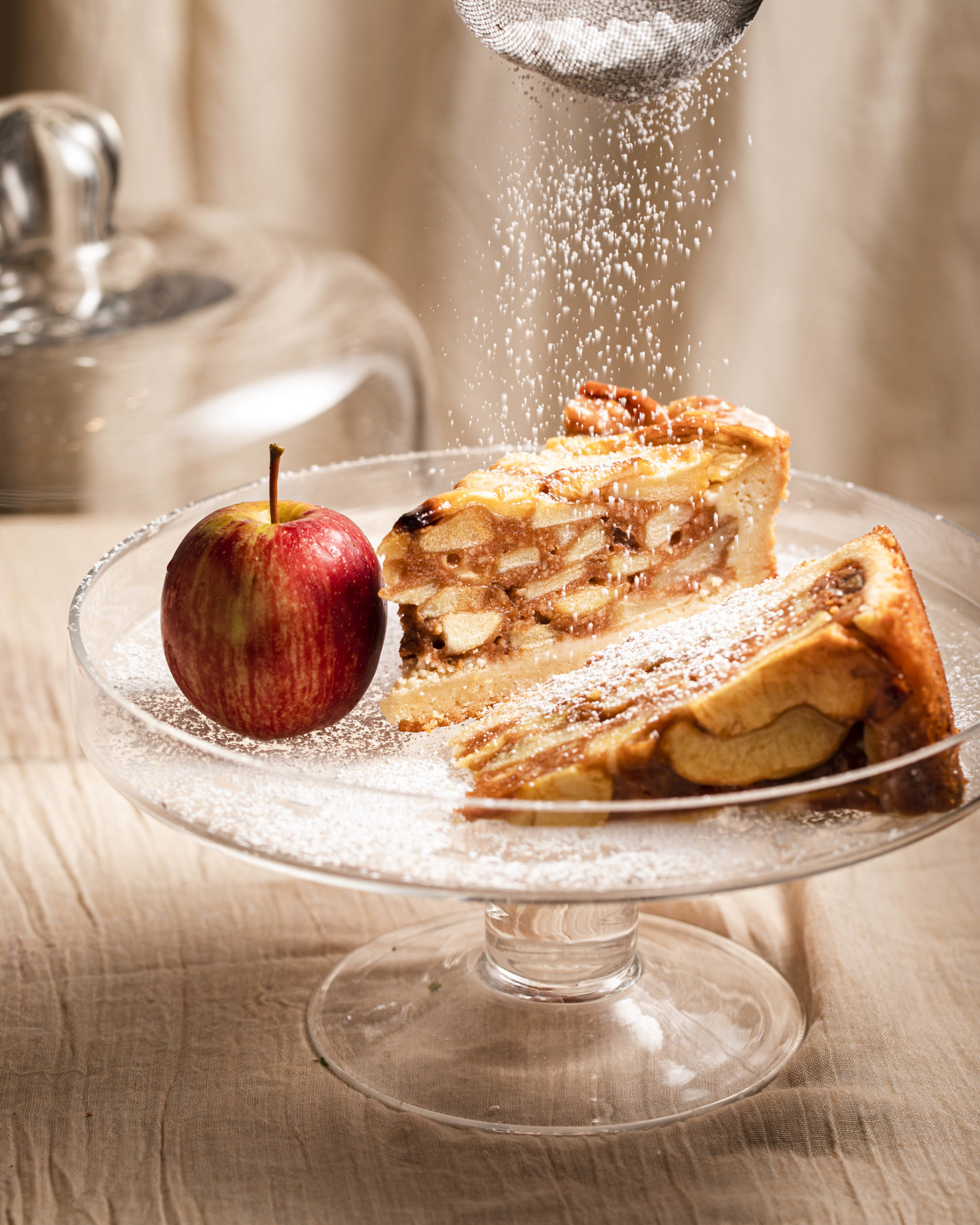
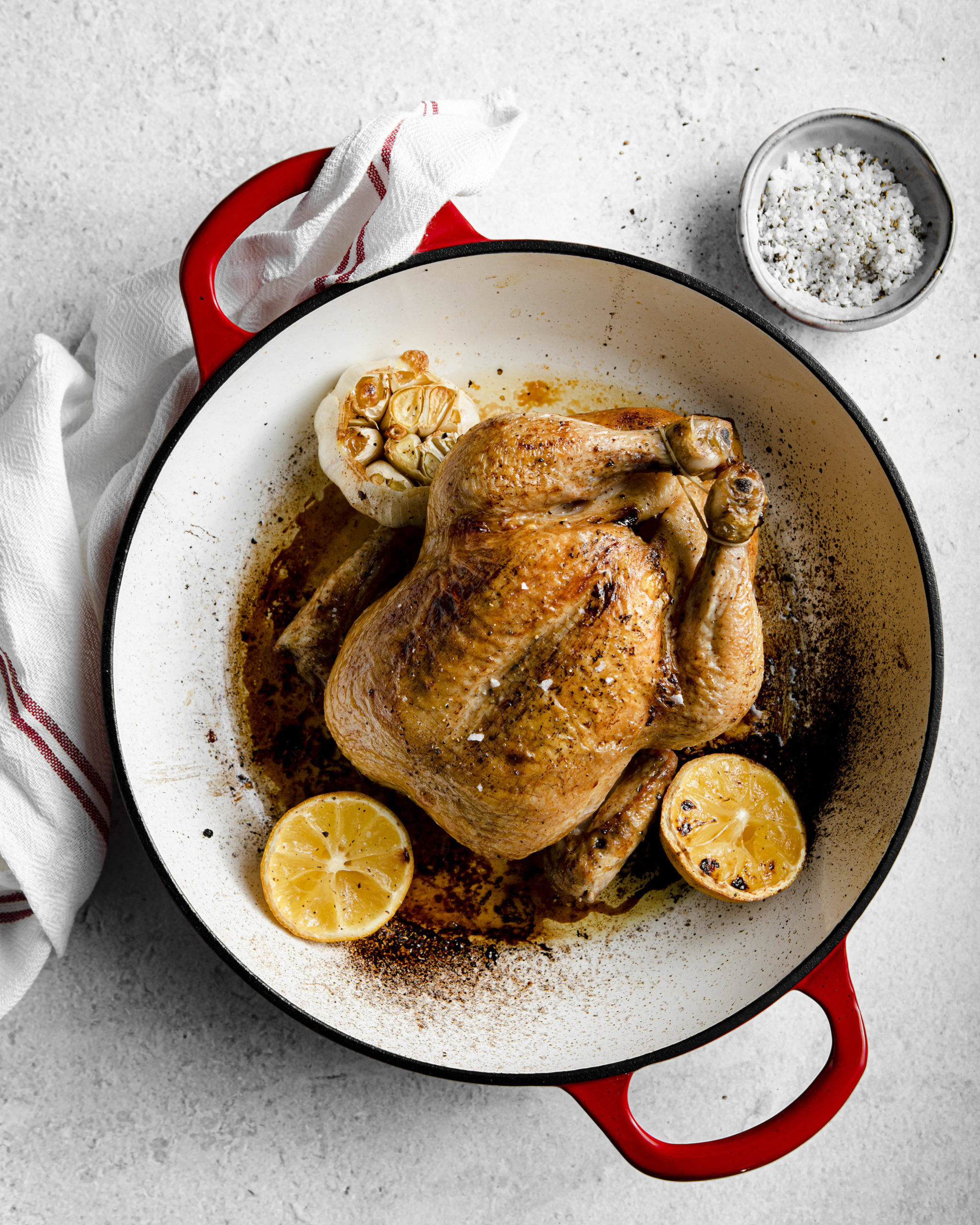
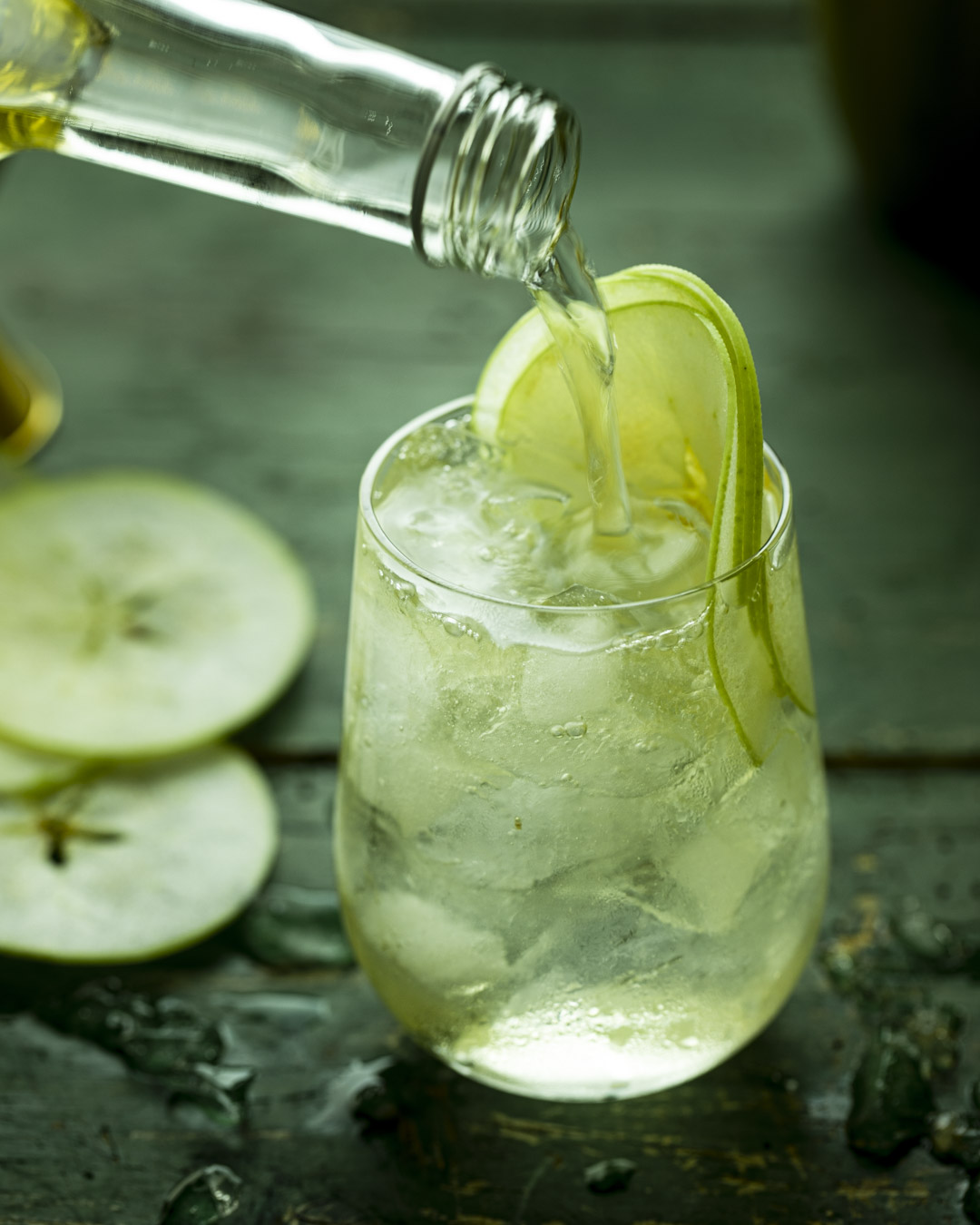
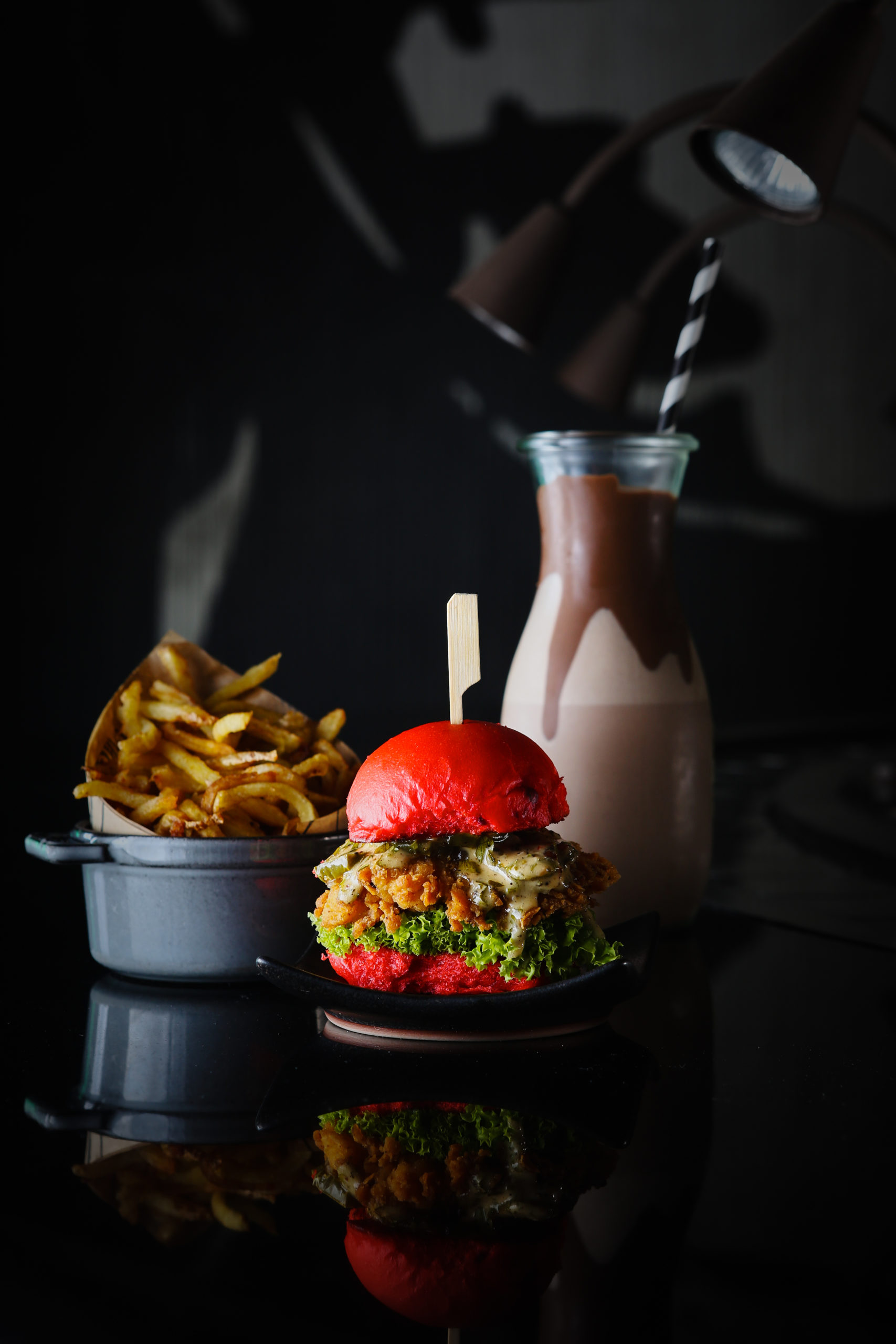
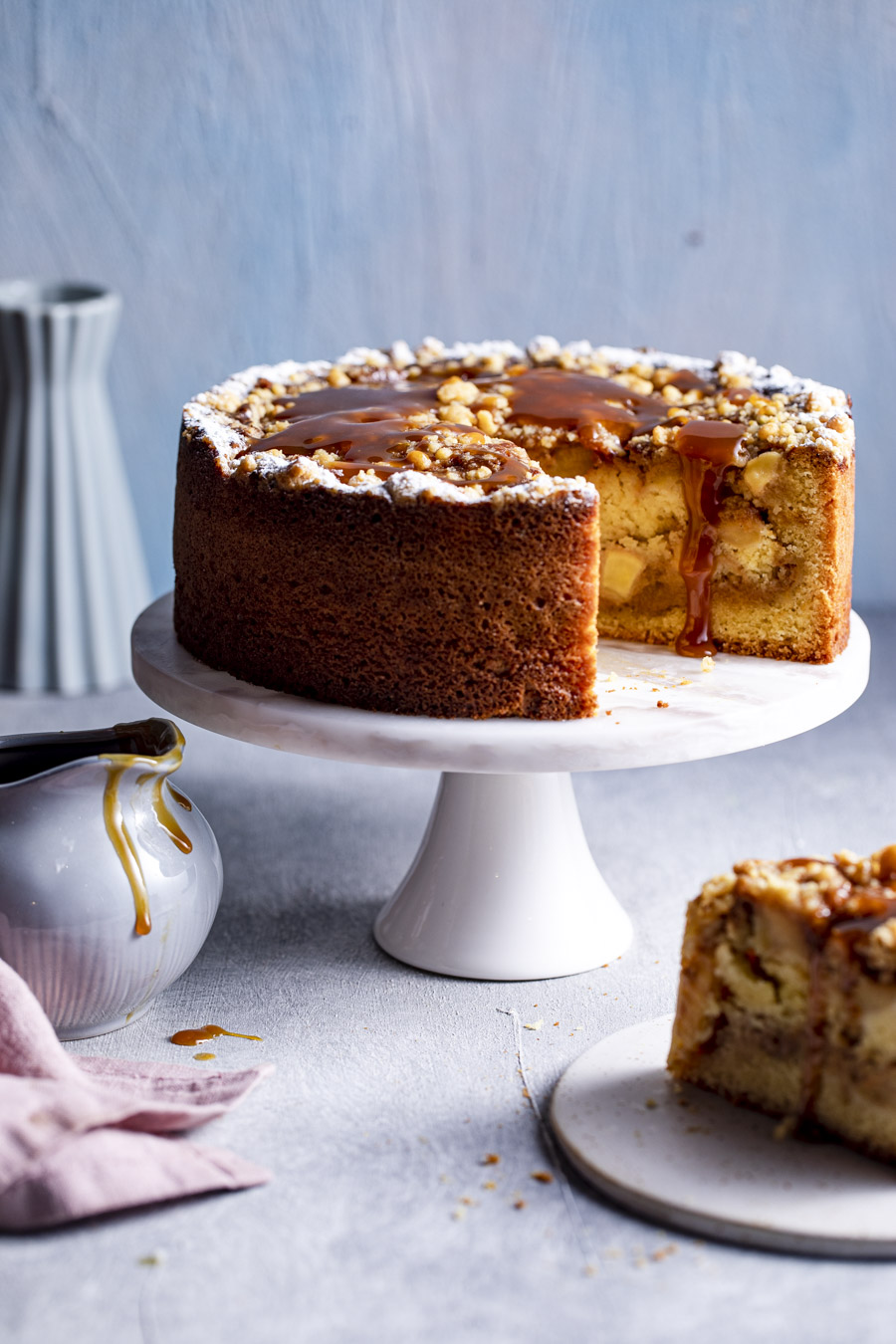
+ show Comments
- Hide Comments
add a comment